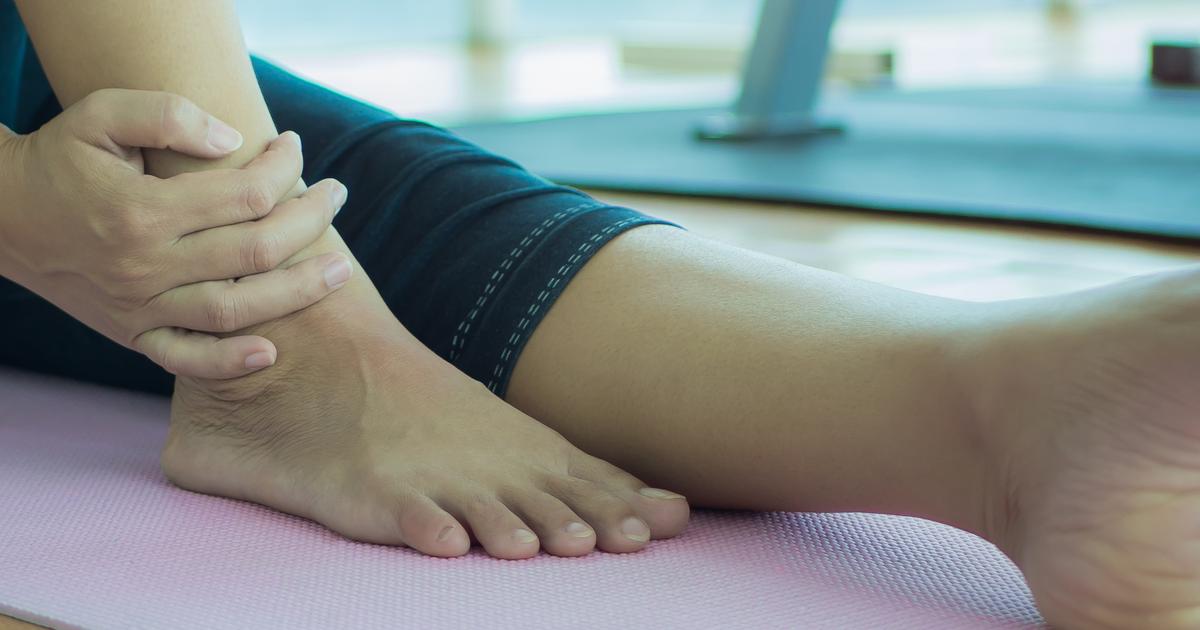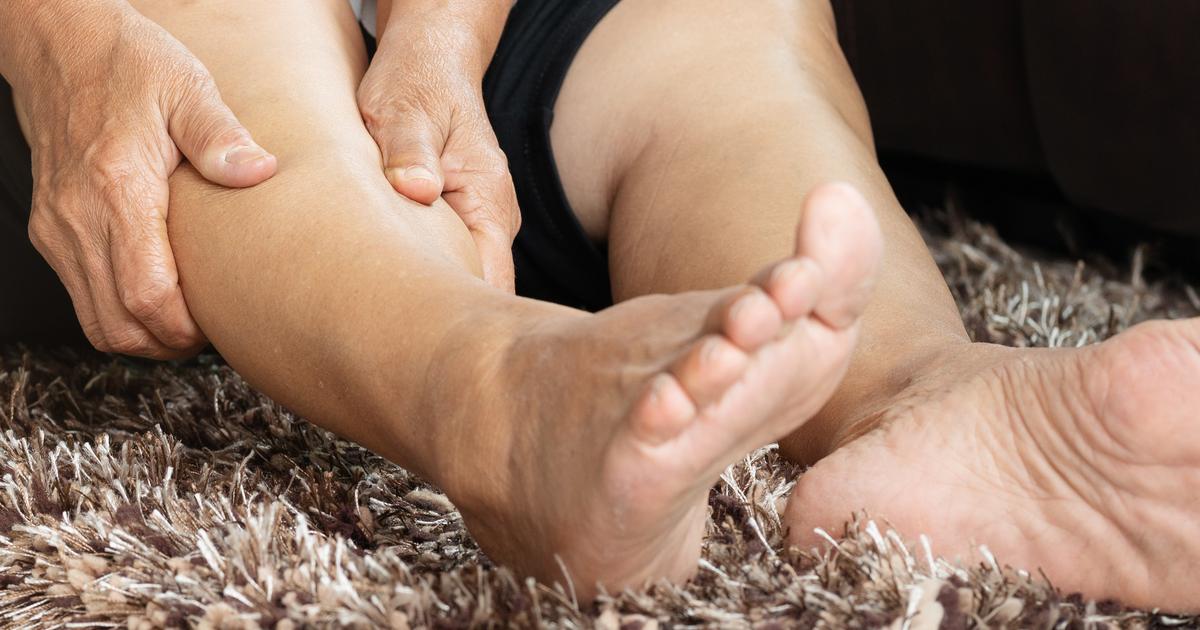Warning Signs Of Venous Insufficiency
Venous insufficiency is a condition that affects the circulation of the blood. Here, the normal function of the walls and valves of the veins is impaired, and blood pools instead of circulating back to the heart. This condition primarily impacts the legs. Risk factors for venous insufficiency include the presence of varicose veins and a personal history of blood clots. Obesity, pregnancy, cancer, and smoking can all elevate an individual's risk of this condition too. Women are more likely to have venous insufficiency than men, and it typically occurs in patients over fifty years old.
To diagnose venous insufficiency, doctors usually perform a duplex ultrasound or a venogram, and a physical examination. Treatment options for venous insufficiency include compression socks and medications such as diuretics, anticoagulants, and pentoxifylline. Surgical repair or removal of damaged veins might be recommended in severe cases.
Leg And Ankle Swelling

Patients with venous insufficiency frequently notice leg and ankle swelling. Also known as edema, this swelling occurs due to the pooling of blood in the veins, and it is normally painless. Occasionally, patients could notice the swelling extends up to their thighs. Individuals who take calcium channel blockers, MAO inhibitors, tricyclic antidepressants, or estrogen could notice increased swelling. The use of compression socks can help reduce swelling, and patients can get a prescription for these from their doctor.
Regular exercise such as walking can help improve blood circulation, and reducing salt intake is generally recommended. While lying down, patients may wish to place their legs and feet on pillows so they are elevated above the heart. Doctors also suggest patients avoid wearing tight clothing around the thighs and lower legs, and individuals who experience ankle swelling might need to make adjustments to their socks and shoes. If chest pain or shortness of breath occurs with leg swelling, patients should seek immediate medical care.
Aching Or Heavy Legs

The reduced blood flow associated with venous insufficiency can cause the patient to have aching or heavy legs. The sensation is often described as a dull ache, and some individuals also notice cramping, tingling, itching, or pain. The aching, heaviness, and pain usually worsen while standing, and patients might feel a tightness in the calves. To reduce aches and pains, doctors recommend lying down with the legs elevated. Some patients may need to take pain relievers to reduce leg aches, and it is important to check with a doctor before using these, especially if the patient has any additional medical conditions.
Applying cold or warm compresses to the legs may reduce pain, and gentle exercises such as walking or tai chi may be beneficial as well. Individuals with venous insufficiency should always let their healthcare team know if they experience sudden increases in leg aches or pains. Since aching in this area can sometimes be a symptom of deep vein thrombosis, patients should seek urgent medical attention if the ache is accompanied by a fever or if the aching leg is noticeably red, warm, or swollen.
